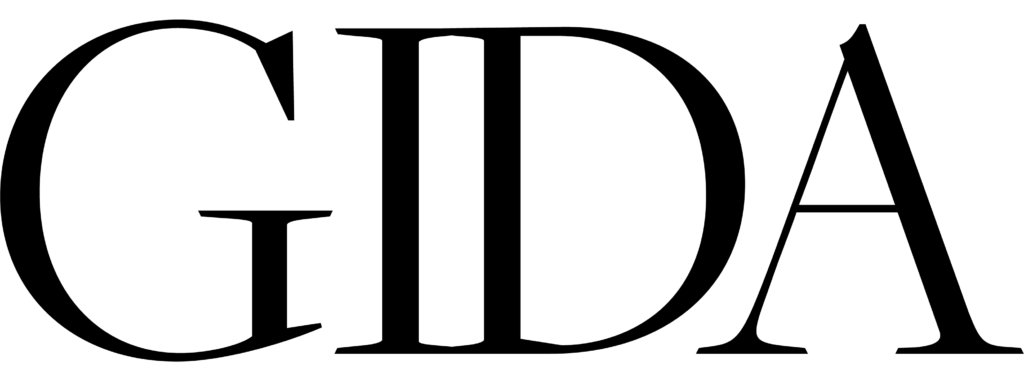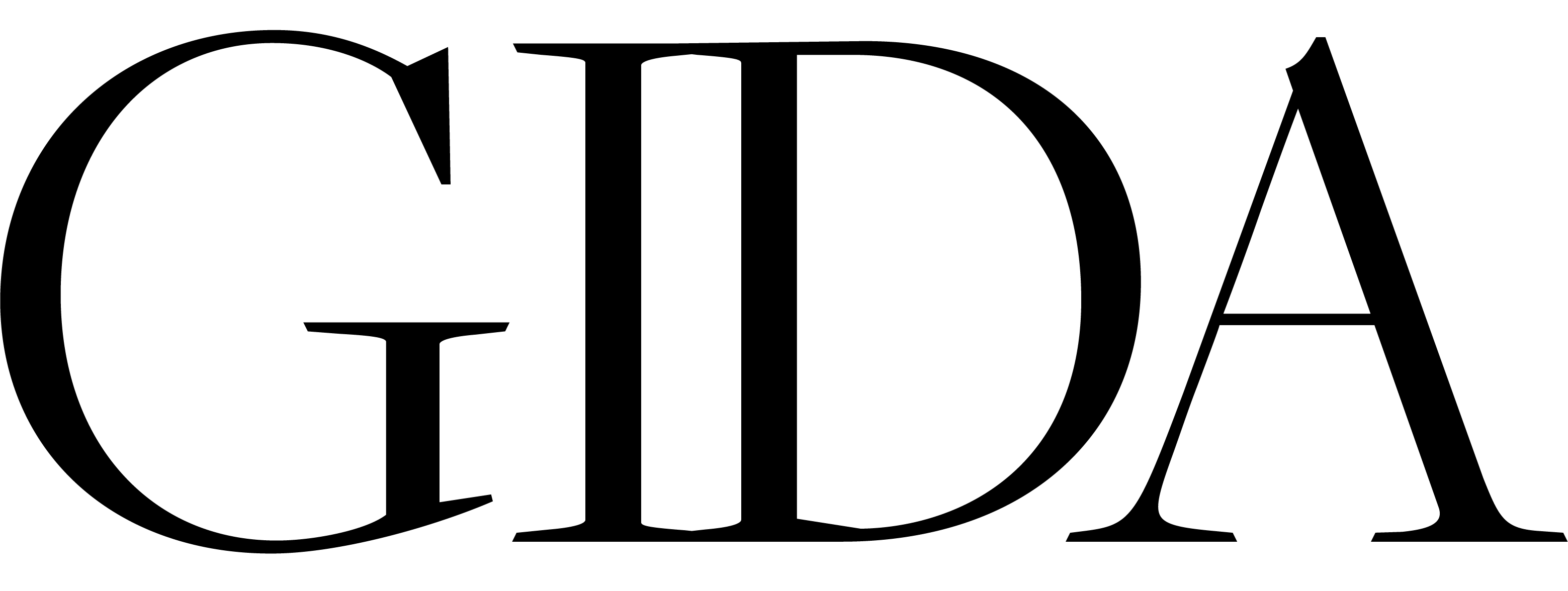
Baptized By Fire
Ahead of its African Film Festival NYC premiere at the iconic Brooklyn Academy of Music (BAM) Rose Cinemas, we spoke with filmmaker and visual artist Kach Offor as he peels back the layers of his directorial debut, ‘Baptized By Fire,’ and shares some of its inspirations and specific filming techniques.
Writing by Oluwakemi Akinrele
Stills courtesy of Kach Offor
June 2025
This film marks both your directorial debut and a return to working in Nigeria. Do you see this debut as a homecoming, or does it represent something else entirely for you?
KO: Somewhere in between both. The relationship I had with Nigeria while growing up is very different from how it’s been now, returning home and navigating through spaces on my own accord. It feels like a brand new adventure, especially after switching from my previous career track in the tech world to filmmaking. However, at the same time, the experiences I had in my younger years in Lagos served as inspiration for the story we’re telling in BBF. Those formative years I spent here shaped my perspective as a person and my approach to filmmaking. Ultimately, this move felt very necessary because I’m not satisfied with just reminiscing about home; I need to be on the ground. I need to have an active role in the conversation about where we are heading as a country and as a culture.
We would also love to know more about your process of assembling your cast, collaborators, and creative team - what qualities or perspectives were you looking for?
KO: It all came about very naturally. I can’t say there were specific qualities in mind; I just wanted people who cared about this story as much as I did. It started with my dawg, Ekene, who edited this film. I had been aware of his work as an editor, and I’ve always held his opinions on film in high esteem. So when I had finished the first draft of this screenplay, he was the first person I reached out to. He loved it and introduced me to Granville (Cinematographer) & Uloaku (Producer). Granville is a masterful orchestrator of light, and more importantly, he is a true lover of what we’re doing on set. He is also very connected to the devotional aspects of filmmaking. We spoke from the heart first before we got to lenses, cameras, and dollies, and I could just tell I’d found a kindred spirit.
The ball really started rolling once Uloaku joined the project, though; nothing would have come of this film without her. We had a very tight window to complete filming, and within about three weeks, she assembled a production team of around 50 people. Once I arrived in Lagos, Uloaku had already lined up auditions, and within two days of Zoom calls, we had decided on Eric (Wasiu) and Riyo (Adamu). Chuks, on the other hand, is a close friend of mine. We had already worked on music together, and we were even kicking it together the moment I had the idea for this script. I had complete faith he would be able to connect with and convey the emotional core of this story.
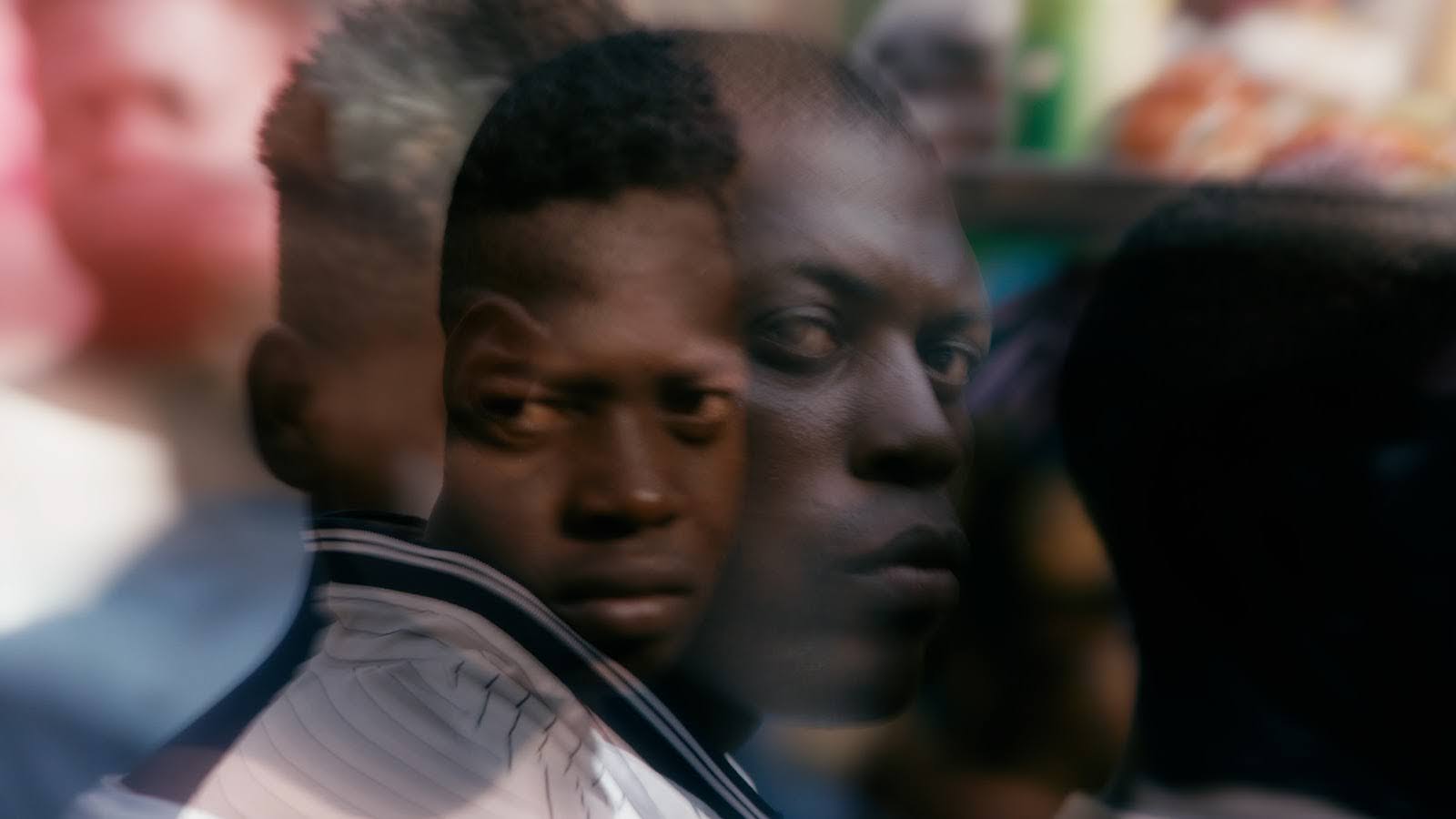
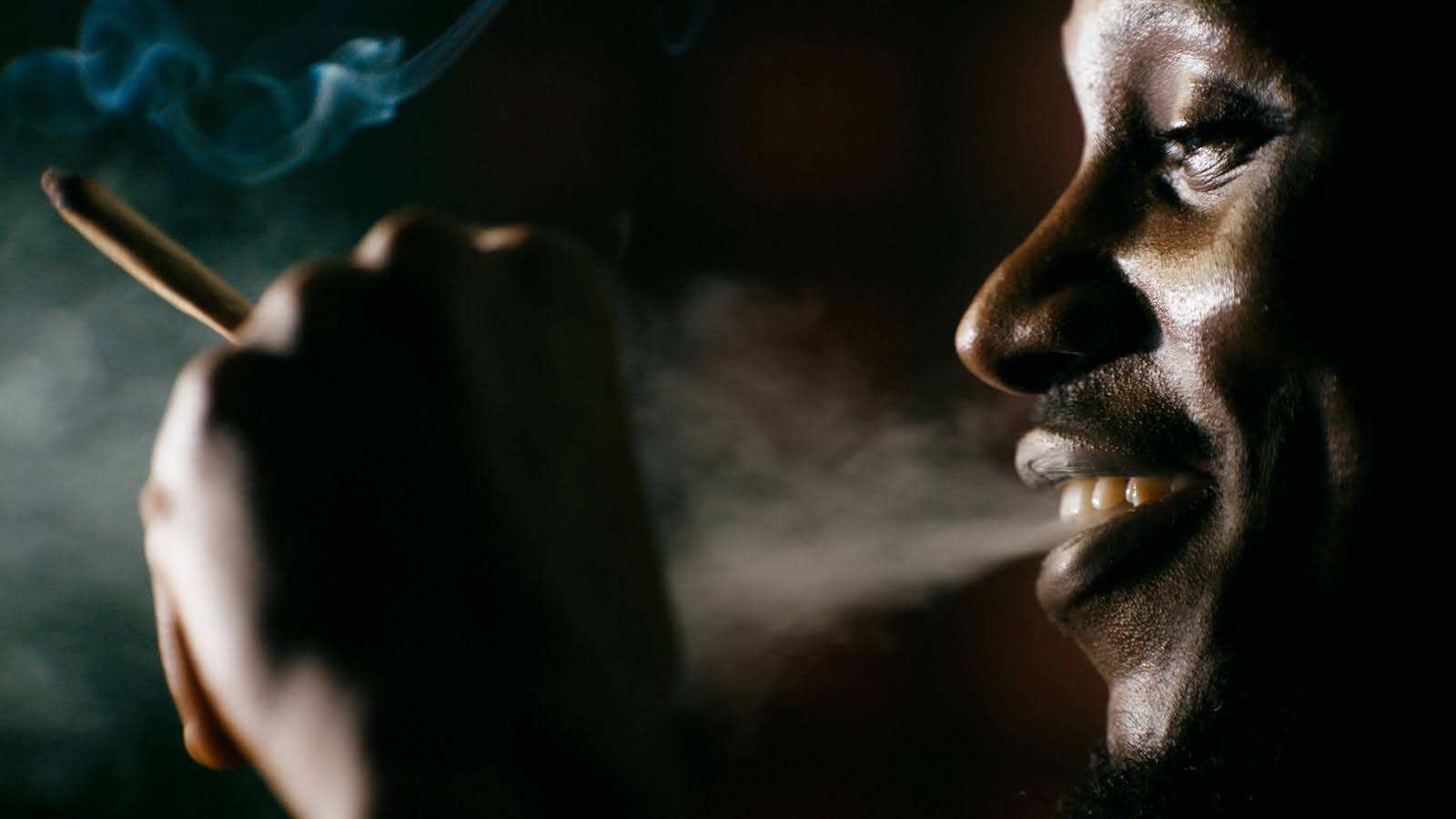
In the sequence where your protagonist rushes through the marketplace, the editing conveys the turbulence of the setting and the protagonist’s psychology - it almost looks like it was shot guerrilla-style with a handheld camera. Take us through the making of this sequence (camera choice, technique for shooting, challenges and how they were overcome)
KO: That day in the market was the most fun I had on set. It was also the only day we had more than one camera shooting at the same time. We had a smaller snorricam setup strapped onto and pointed at Chuks; this camera placement choice separated him from his environment and locked you into his rather alienated current perspective, aiding the very off-kilter feeling we were going for. We also had a much bigger camera tucked away in a corner, focused on those little moments of energy that light up the market: kids darting by, car horns blaring, and curious gazes that become indistinguishable from paranoid ones. I think it’s a bit funny how you can be in the middle of your own personal hell, but to everyone else on the outside, you’re just this crazy person in the way. Juxtaposing those two very different looks against each other helped capture how chaotic and isolating a place like that can feel when you’re already on the edge.
A lot of the emotions in the film are layered and often mixed in with others. For instance, in the moment of resolve towards the end, calm and relief are mixed in with grief. In the making of the film, were there any personal memories you drew from to help convey these complicated feelings?
KO: That moment in the end wasn’t based on a specific memory; it’s more of a general understanding that various life experiences have impacted me. I think the moment we try to reduce our emotions into language, we end up limiting their complexity and robbing them of the depth we experience through them. Grief, particularly, has an indescribable effect on us. Changes who we are permanently and obfuscates who we used to be from us. We can find ourselves falling apart at the slightest mention of something seemingly unrelated to what almost broke us.
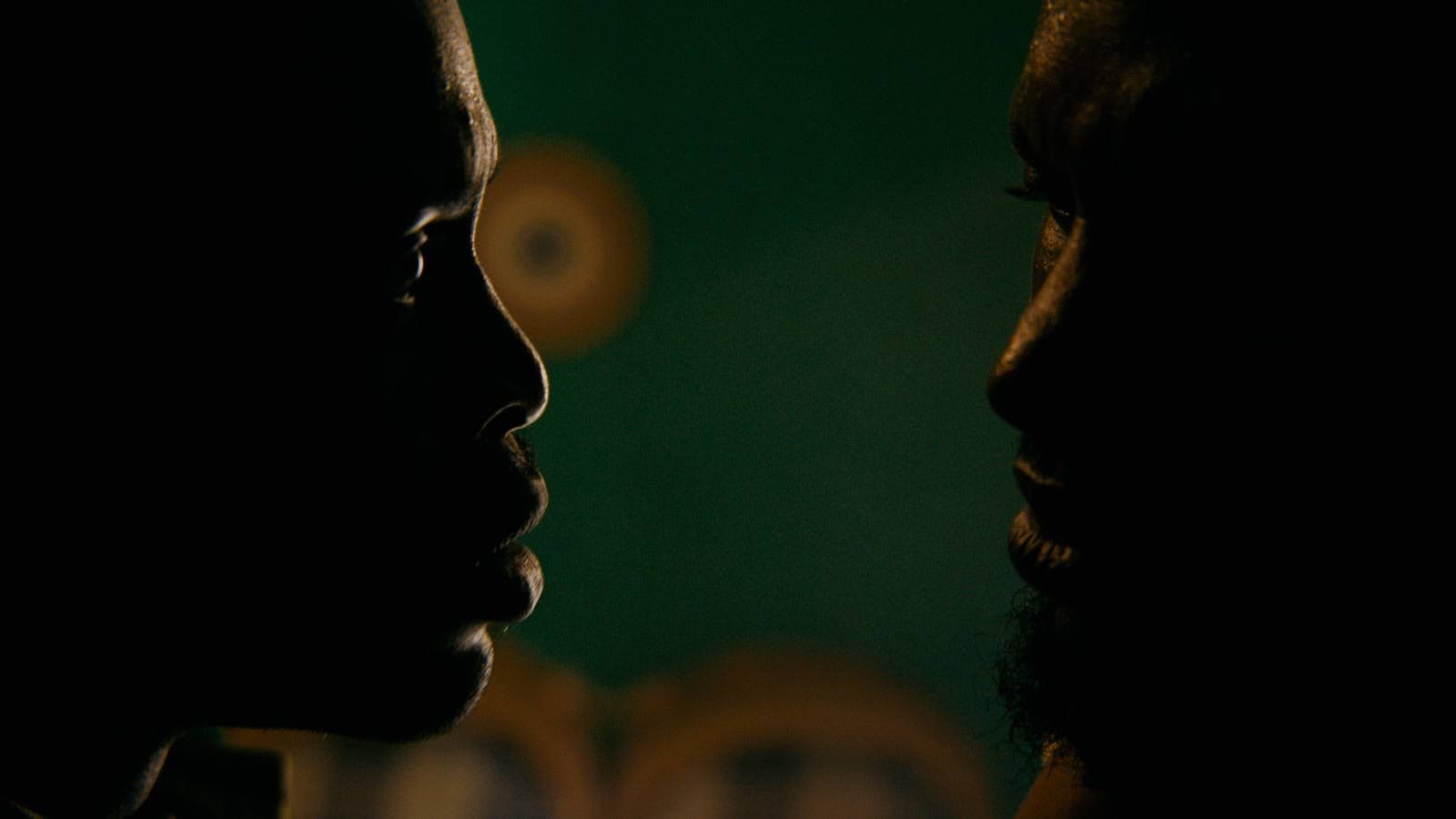
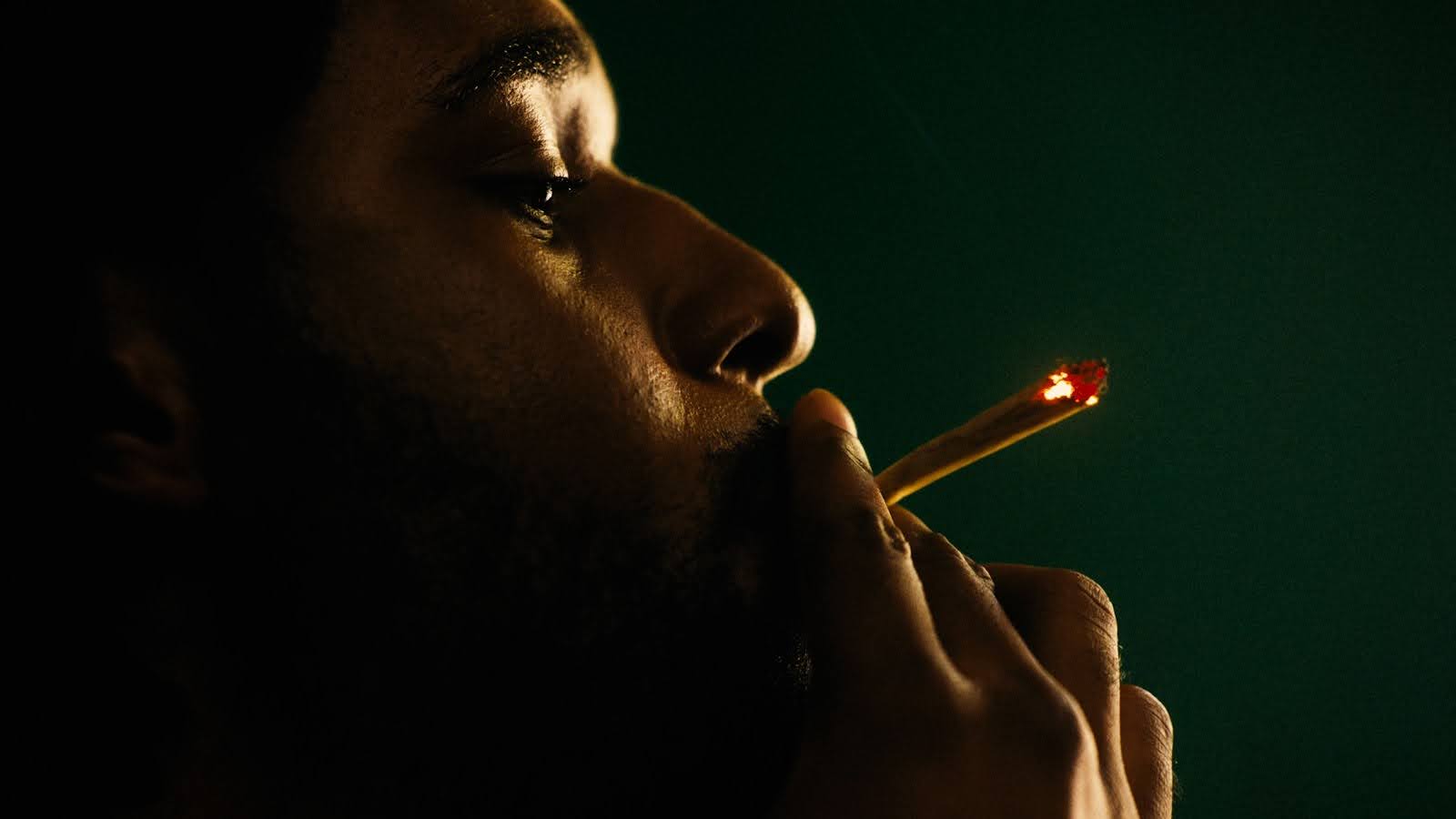
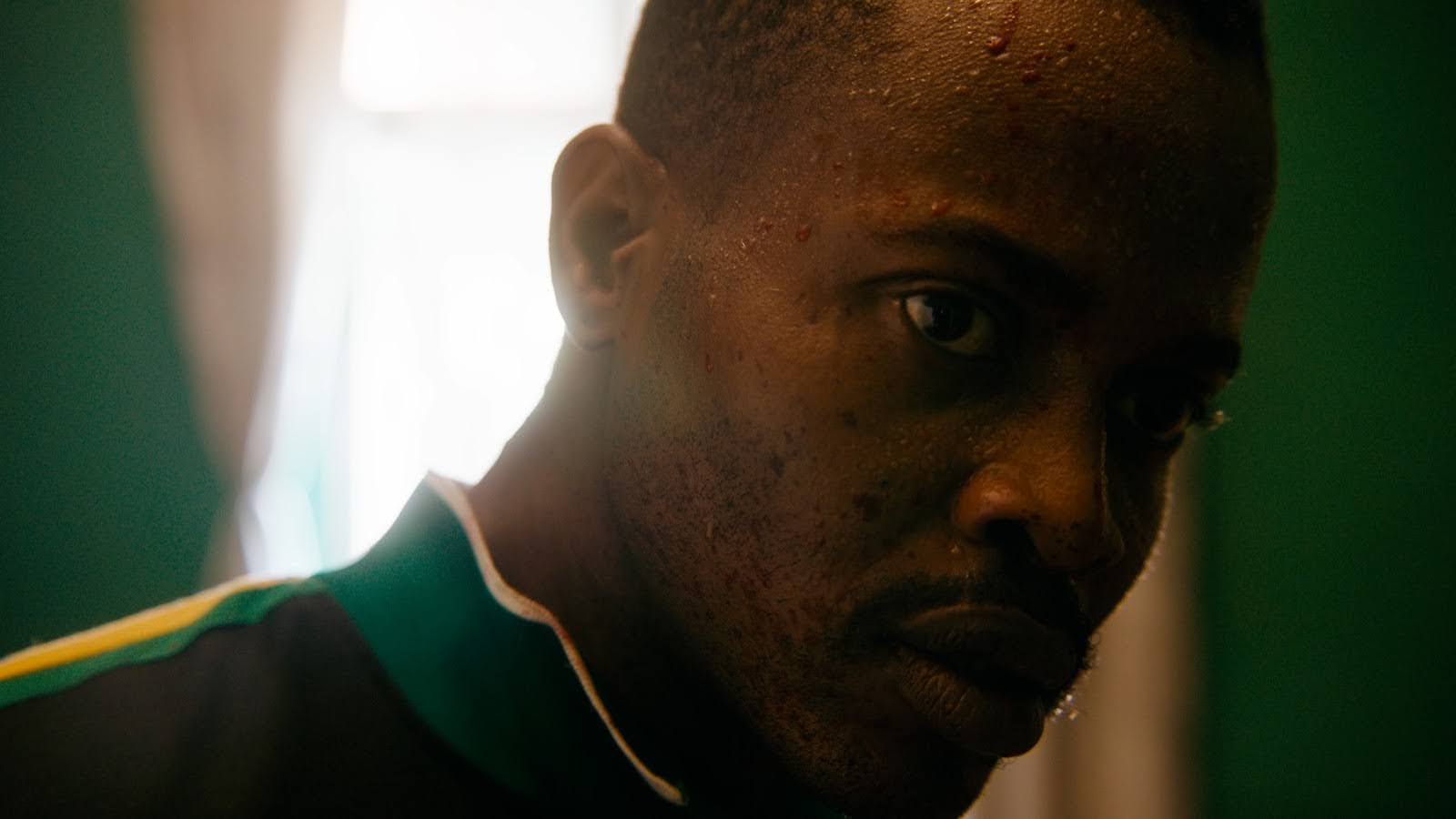
For the majority of the film, the audience is able to follow a narrative arc in the way the protagonist physically moves from space to space. Right after his encounter with the ‘mystery woman’, however, what sounds like a church bell initiates a cut where the scene jumps to the protagonist on a beach. This shot differs from the rest of the film, particularly the openness of the frame. What does the shot mean to you? Does the bell symbolise any sort of resolution of the film’s conflict?
KO: The bell and its resulting dismissal of the final confrontation felt like a release valve to me. There’s a humbling feeling that comes with being face-to-face with the grandeur of the Atlantic Ocean. It helps you understand how minute our lives and experiences are when compared against the ocean’s perceived infiniteness. A reminder that no matter what happens in our personal lives, those waves will continue to beat against the shore.
In terms of cinematography, what parts of the film feel most like you and which don’t? Were you experimenting with any new techniques?
KO: My process is inherently experimental because it is guided mainly by intuition, rather than technical rigour. I approached each day with an open heart and surrendered myself to the given situation. My favourite visual moment in this whole movie was a happy accident. It happens when Wasiu confronts Adamu in his apartment. Wasiu has Adamu backed up against the wall, and the single window on the other side of the room barely illuminates both characters. We end up with an image that is almost all shadows with a sliver of light outlining both characters. Adamu, a drug dealer, and Wasiu, a corrupt policeman, are involved in dirty business that is better done in the dark. That image perfectly encapsulates that feeling. I don’t have a style yet; every part of my process is very instinctual. Granville and Uloaku had informed me that morning that we had too many shots planned for the day, so I had to re-block and plan that whole scene differently once I got to set. We decided to shoot that entire conversation in one take on a shoulder rig. Where we placed them in the end felt like the only natural place that the encounter could have logically followed. We did no extra work to achieve that lighting situation outside of Granville’s initial preparation of the scene.
Was there a scene or idea you loved that didn’t survive the final cut?
KO: An entire minute and a half of expository dialogue between Chuks & Adamu got cut out from the opening scene. It wasn’t even to save time, [but] as we went through our editing rounds, we found that scrapping that whole introduction scene aided the viscerality of this film. It allowed for the film to be more of an experience than a traditional story. You don’t need to be told who these characters are, the situation unfolding, and how they individually react to it, as everything is already effectively communicated through their actions.
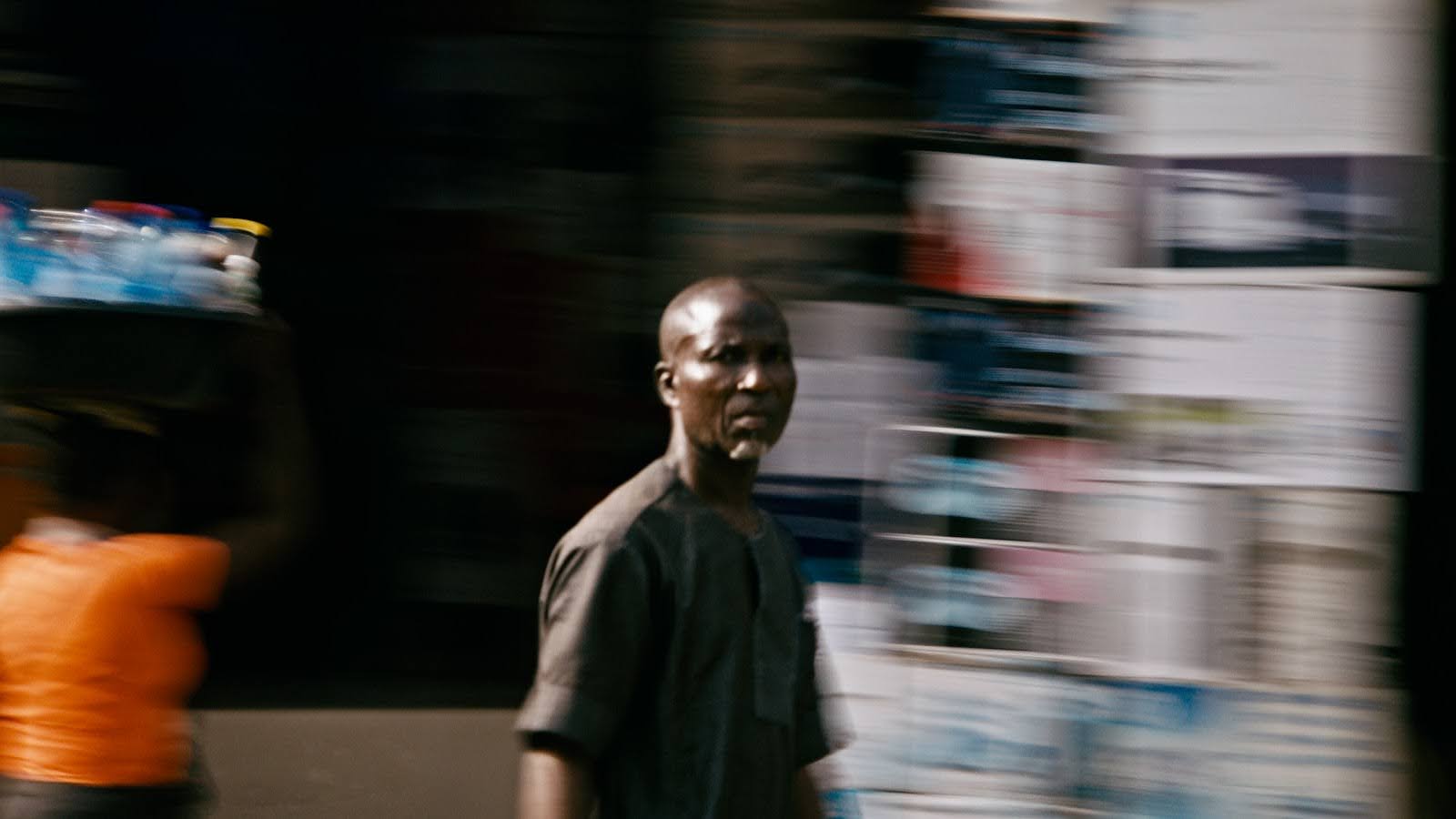

Were there particular films, directors, or artistic traditions you found yourself in dialogue with while making this film — consciously or in retrospect?
KO: The story in Baptized by Fire consciously follows a similar narrative trope to Martin Scorsese’s After Hours. A yuppie gets stuck in the wilder side of town and has to claw their way back home. I essentially took that skeleton and transported it to a different context. I had been reading stories related to absurdism the year I wrote this film, such as Albert Camus’ The Stranger, and became somewhat fixated with rejecting the traditional search for meaning from life’s mysteries, which is how I ended up with a movie that doesn’t offer viewers a conventional resolution. I think it can be viewed from various lenses and undergo different interpretations with subsequent viewings and new life experiences.
GIDA © 2024
